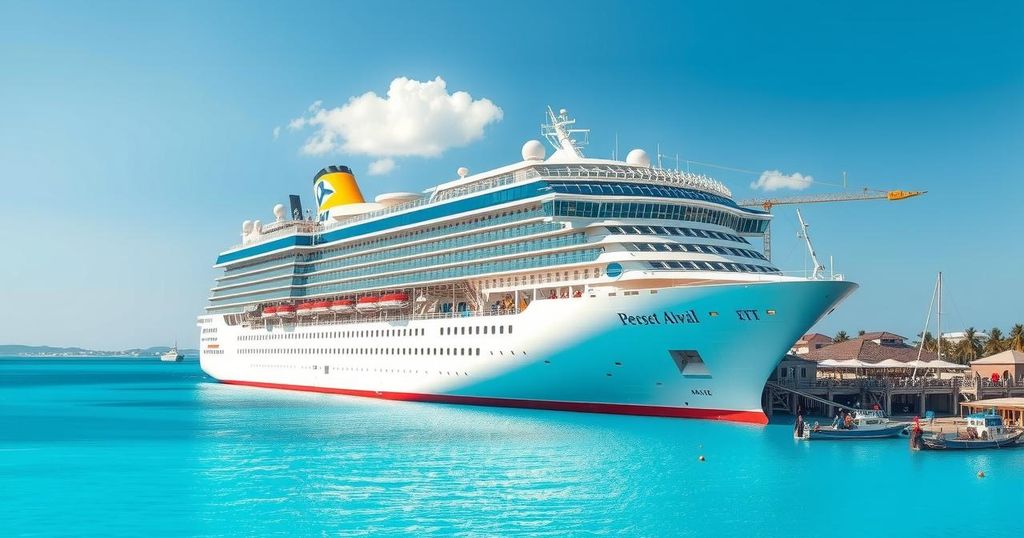Fall from Bed Leads to Diagnosis and Life-Saving Surgery for Malagasy Man
Firdoche Houssen, a 70-year-old from Madagascar, experienced severe abdominal pain following a fall which led to the diagnosis of an abdominal aortic aneurysm in India. A stent grafting procedure was successfully performed, ensuring his rapid recovery. Houssen’s case underscores the significance of early diagnosis and the effectiveness of minimally invasive medical interventions.
A 70-year-old man from Madagascar, Firdoche Houssen, faced a serious medical emergency following a fall from his bed. He experienced severe abdominal pain for over two months before seeking treatment in India, where medical professionals diagnosed him with an abdominal aortic aneurysm. This condition, characterized by a dangerous bulge in the main artery, required immediate intervention due to the risk of rupture.
Initially, Houssen attributed his abdominal pain to the fall. However, the pain escalated, prompting him to seek medical attention in Madagascar. Doctors there recommended travel abroad for advanced treatment. Upon arrival in India, Dr. Ashank Bansal, whom he was referred to by Dr. Zainulabedin Hamdulay, confirmed the diagnosis through CT abdomen angiography, indicating the need for urgent care.
Dr. Bansal elaborated on the condition, stating, “AAA occurs when a section of the aorta weakens and bulges, posing the risk of rupture and severe internal bleeding. The condition is often linked to smoking, high blood pressure, and genetic factors. Unfortunately, many patients remain asymptomatic until it becomes critical.”
Choosing a minimally invasive stent grafting procedure, the medical team avoided open surgery, significantly reducing potential complications. Dr. Bansal explained, “Instead of a large incision, we used a 1 cm entry point through the artery to place a stent, reinforcing the weakened section of the aorta. This method significantly reduces recovery time, blood loss, and surgical risks.”
The successful two-hour procedure, conducted on March 3, allowed for Houssen’s mobilization the following day, enabling his discharge on March 5. Fatema Firdos Djaver, the patient’s daughter, summarized the experience, stating, “My father suffered for two months, and we were advised to seek advanced care in India or Reunion. Choosing India and meeting Dr. Ashank Bansal and Dr. Zainulabedin Hamdulay was life-changing. The procedure was quick, and his recovery has been remarkable.”
Houssen’s situation highlights the critical nature of early diagnosis and advanced medical interventions. The successful application of minimally invasive vascular procedures can be life-saving in urgent medical cases such as his.
In summary, Firdoche Houssen’s experience illustrates the vital importance of timely medical intervention and the effectiveness of advanced treatment methods such as minimally invasive stent grafting. His case not only emphasizes the need for early diagnosis of serious conditions but also showcases the capabilities of modern medical technologies in significantly improving patient outcomes.
Original Source: www.bwhealthcareworld.com




Post Comment